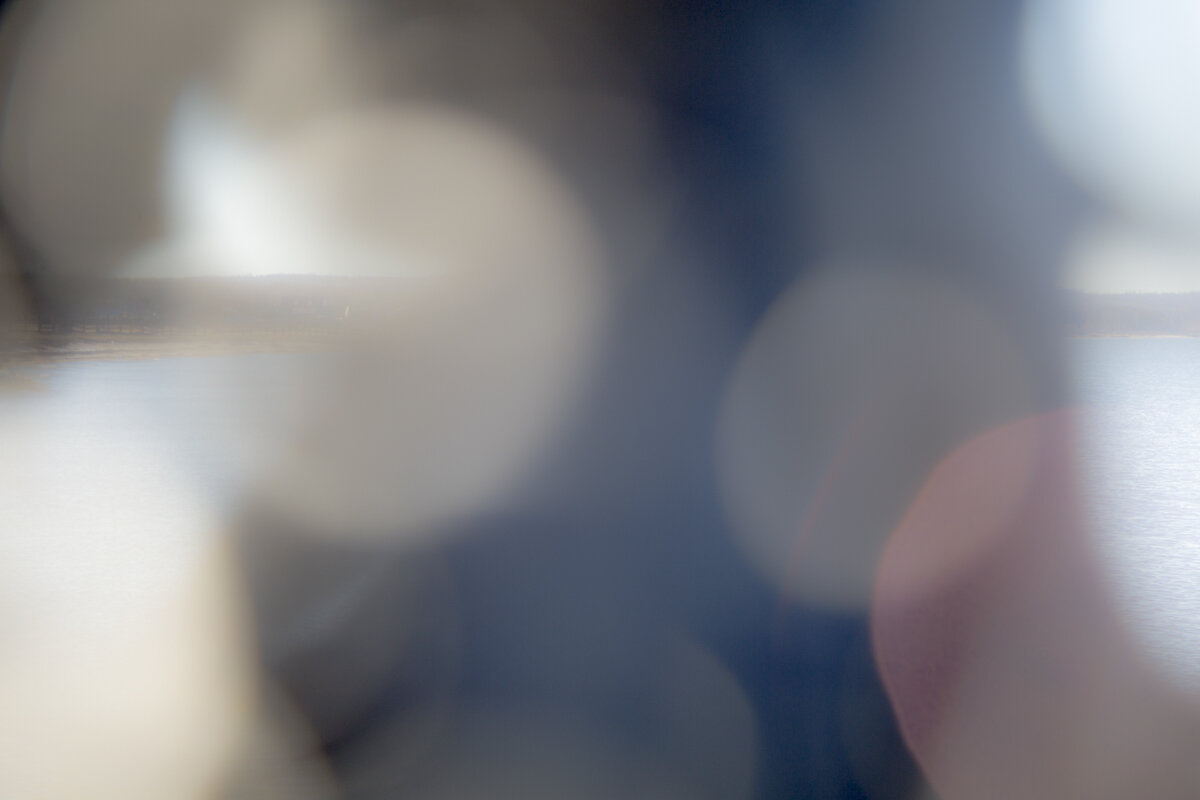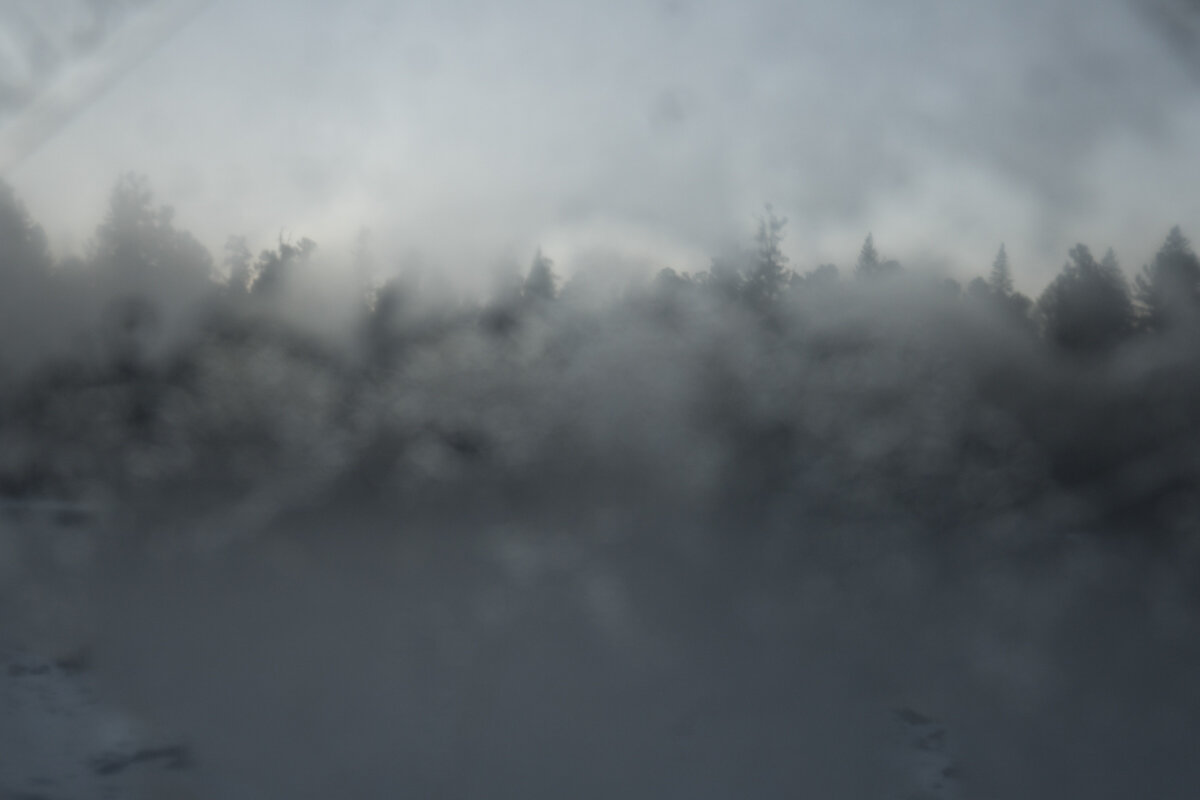Mark Isaac
Visual Catalysts is an exhibition focused on the worldwide climate crisis and other forms of environmental degradation. It seeks to promote new ways of visual representation that will move artists beyond the task of '“raising awareness” and more firmly into the realm of spurring action.
As the curators noted, “We are living in a slow-motion climate crisis. Old ways of seeing got us here. Our way as consumers needs to be seen from fresh perspectives in order to move towards sustainability. Visual representations are a powerful global language and through a process of international co-creation, artists can be future change makers, creating new visual catalysts that can speak across cultures.”
I’m pleased that several of my images from the series “Like Water Through Plastic” have been included in the exhibition, which opens today at the gallery Laikku in Tampere, Finland, and runs through October 18. The work will also be included in an upcoming book that is being produced as an outcome of the Backlight 2020 Triennale. All of this work is part of larger projects that I’ve created in recent years with close collaborator (and life partner) Gabriela Bulisova.
Plastic pollution of our waterways is a critical issue facing the entire world. Approximately 300 million tons of plastic is produced yearly, and less than 10 percent is recycled. As many as 8 million tons per year ends in our oceans and waterways, where it entangles marine mammals, birds and fish and lodges in their stomachs, causing death. As plastic starts breaking into smaller particles, it is consumed by humans and may cause cancer and fertility problems. A recent study by the World Wildlife Fund found that most people consume the equivalent of one credit card of plastic per week. Plastic refuse is found in almost all waterways and has formed massive floating islands in our oceans.
After encountering numerous plastic and glass objects on land and in water, I chose to begin incorporating these found objects directly into our work as a sort of "supplemental lens." The distorted view of the landscape created by these objects is emblematic of the negative impact they have on the environment. At the same time, the subtle beauty of the images reminds us of the resilience of nature and the capacity of humans to solve this problem if there is enough will.
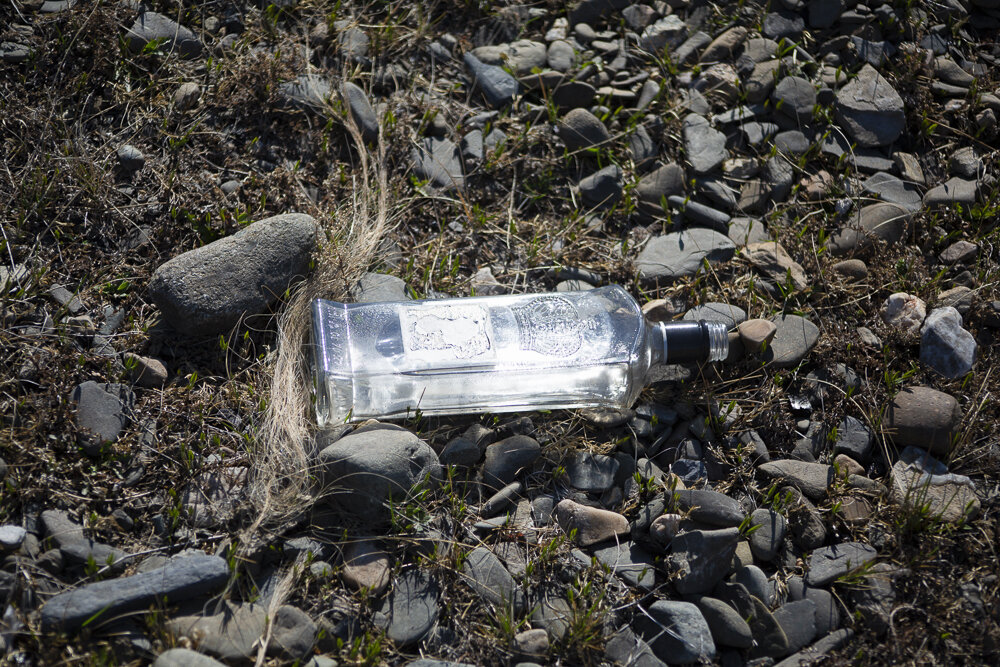
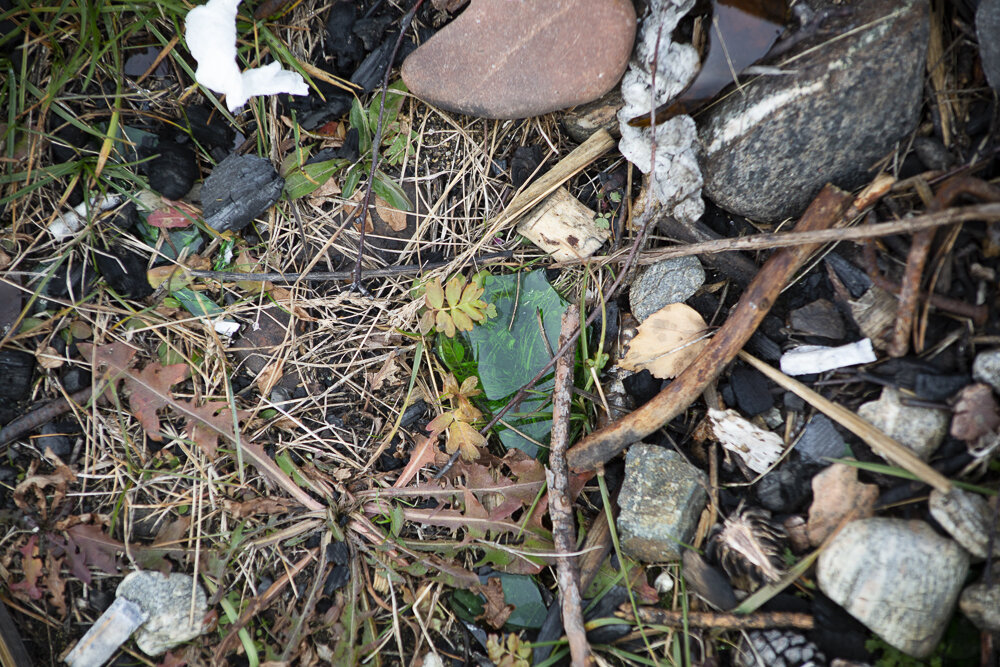
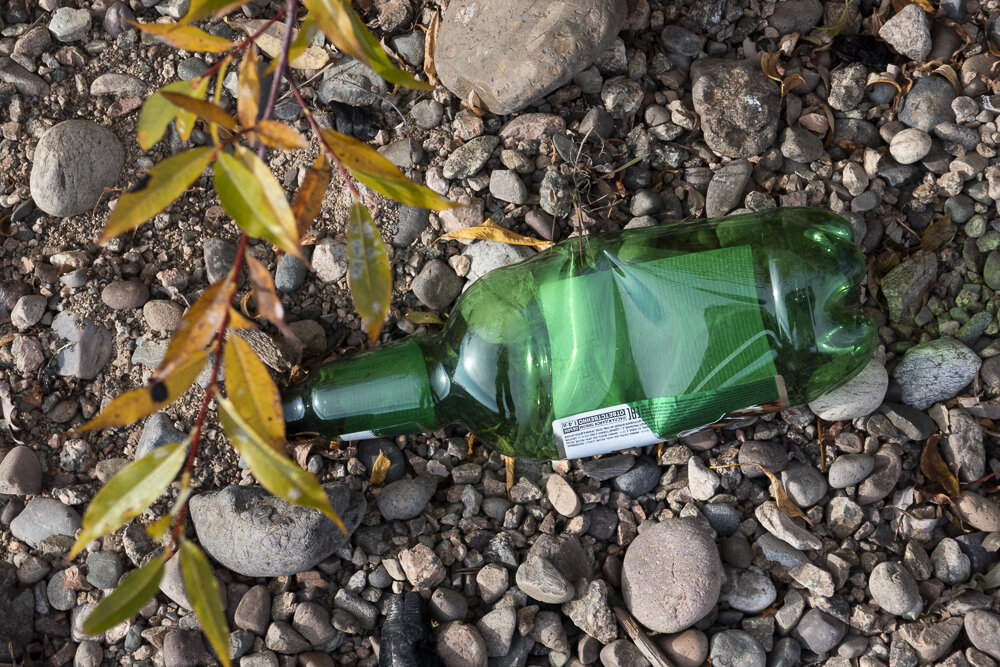
Examples of the types of “supplemental lenses” employed in the Like Water Through Plastic series. These objects were found in the immediate vicinity of Lake Baikal in Eastern Siberia, the world’s oldest, deepest, most voluminous, and most biologically diverse lake.
In years gone by, I used to think it was sufficient, as an artist pursuing socially conscious projects, to suggest that “raising awareness” was my primary goal. In the last several years, as the worldwide climate crisis worsens and makes its early effects known, we know that raising awareness is not sufficient. Not only artists, but all those who are aware of the significance of the challenge, must at least do their small part to contribute to advancing change.
Today, the task is even larger. In the face of obstinate opposition to change that enhances the chances of a cataclysm, we must do our part to link our efforts together with environmental activists, scientists, students, and other allies around the world. The goal must be to create a motivated, powerful and committed movement that can prevail over time. Only through worldwide cooperation and concerted action can we hope to prevail.
The Visual Catalysts exhibition is a good step in this direction. It suggests that all of us must be catalysts for meaningful action. Now it is up to us to persevere in the long-term and turn that initiative into accomplishment.





